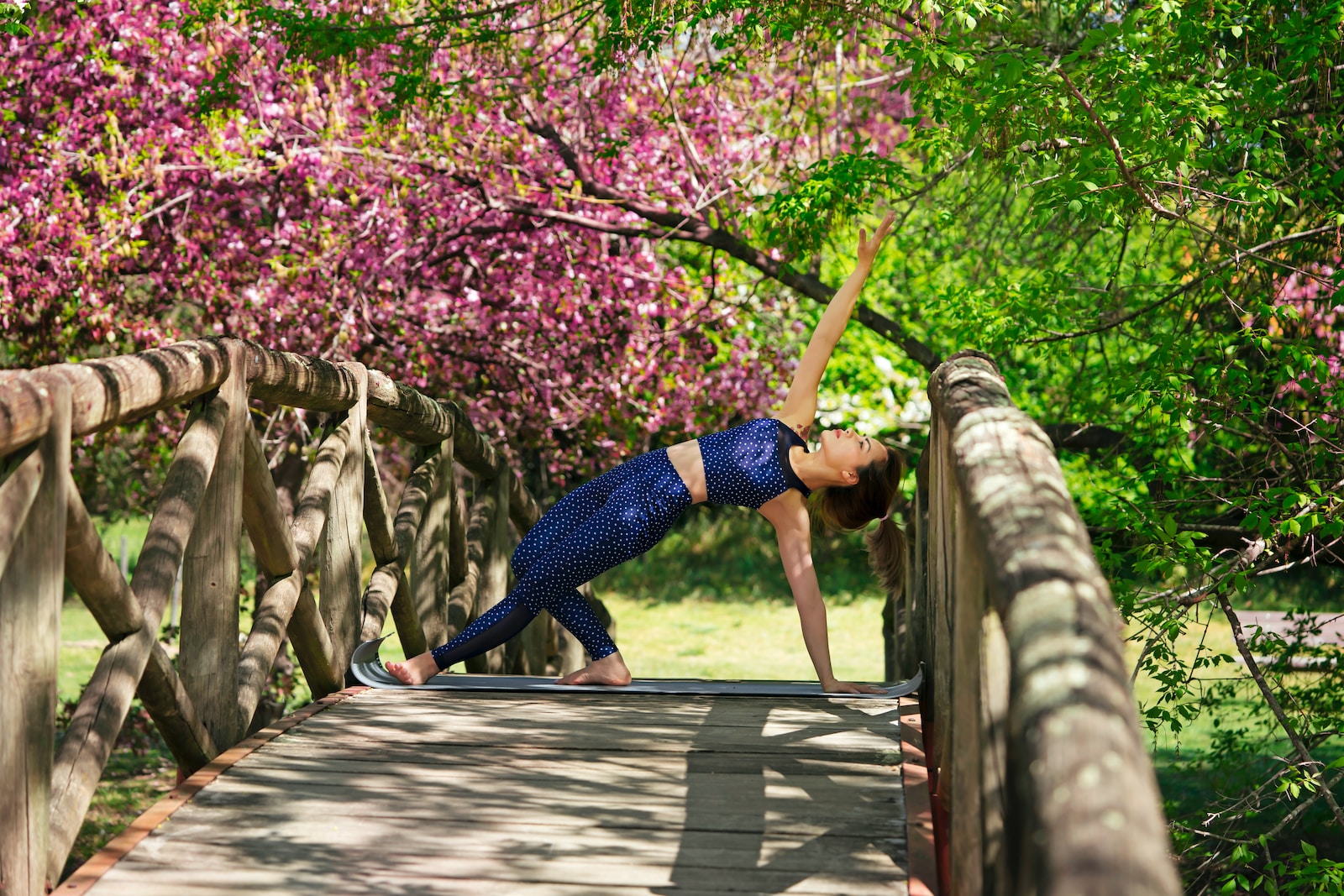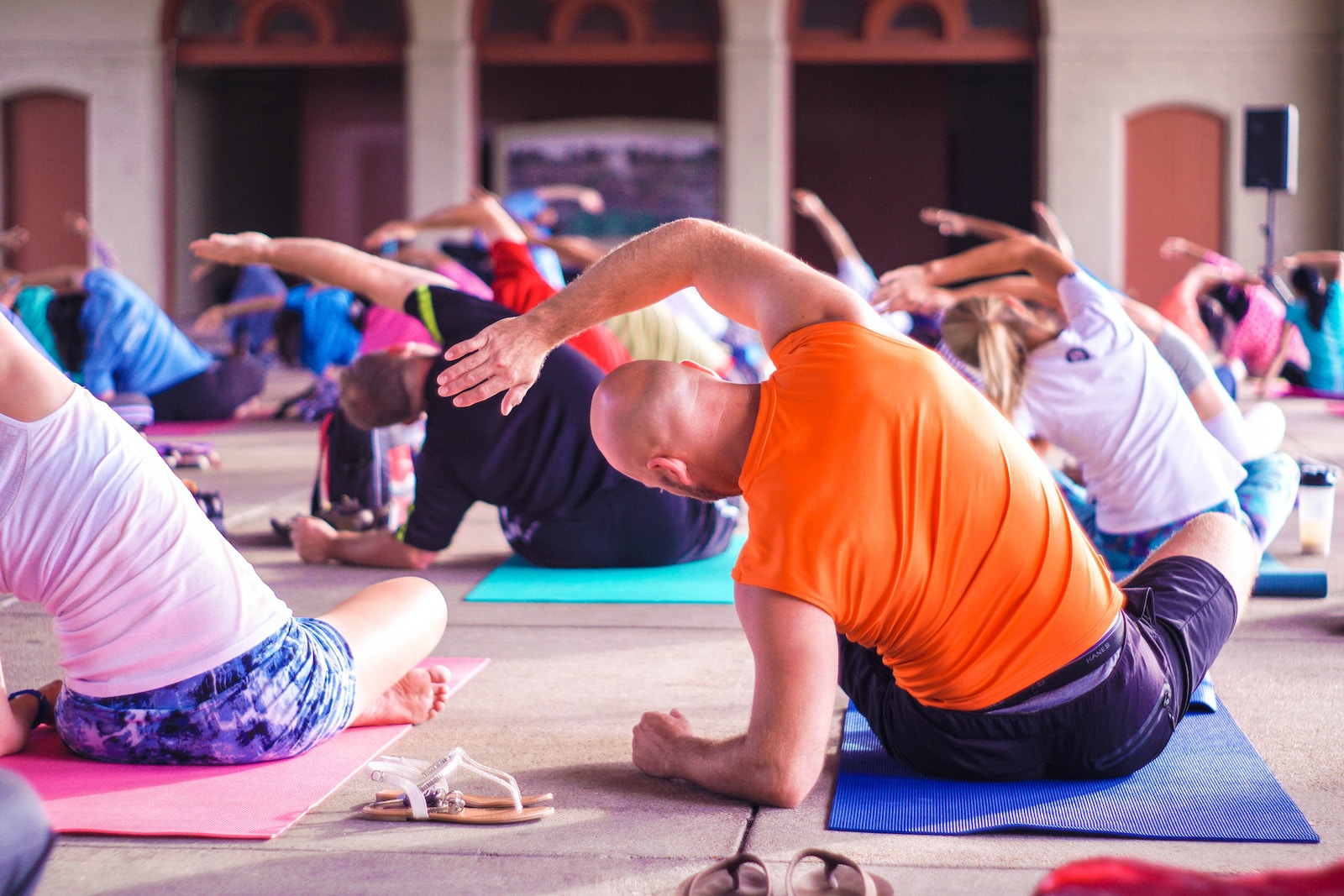Strength training is a powerful form of exercise that offers numerous physical and mental benefits. Whether you are a fitness enthusiast or a beginner looking to improve your overall well-being, incorporating strength training into your routine can be a game-changer. Not only does it help build muscle and increase strength, but it also plays a significant role in enhancing your overall resilience. In this article, we will explore the importance of building resilience through strength training and how you can embrace this form of exercise to transform both your body and mind.
Understanding Resilience
Resilience is the ability to bounce back from challenges and adversity, both in physical and mental aspects. It is about building strength and endurance, not just physically, but also mentally and emotionally. Life throws curveballs at us, and by embracing strength training, we can equip ourselves with the tools to overcome those challenges and come out stronger.
Resilience is crucial in today’s fast-paced and demanding world. It allows us to adapt to stressful situations, recover from setbacks, and maintain a positive outlook. By incorporating strength training into our lives, we can develop the physical and mental resilience needed to tackle whatever life throws our way.
Physical Resilience
- Building Strength: Strength training involves utilizing resistance exercises to build muscle and increase overall strength. By engaging in regular strength training sessions, you can increase your muscle mass, which not only enhances your physical performance but also protects your joints and bones.
Building strength is essential for maintaining overall physical health and resilience. Strong muscles provide support and stability to our bodies, reducing the risk of injuries and improving our ability to perform daily tasks. Moreover, increased muscle mass can help prevent age-related muscle loss, which is a common issue as we grow older.
- Injury Prevention: Strong muscles act as a natural armor, protecting your body against injuries. Strength training helps improve your balance, stability, and flexibility, reducing the risk of falls and other common injuries. Additionally, it strengthens your tendons and ligaments, making them more resilient to stress and strain.
Injury prevention is a crucial aspect of physical resilience. By strengthening our muscles, we can enhance the stability and integrity of our joints, reducing the risk of sprains, strains, and other musculoskeletal injuries. This is especially important for athletes and individuals who engage in physical activities that place high demands on their bodies.
- Improved Posture: Many individuals struggle with poor posture due to desk jobs and sedentary lifestyles. Strength training targets specific muscle groups, such as the core, back, and shoulders, helping correct posture imbalances and aligning your body in an optimal position. Better posture not only improves your physical appearance but also reduces the risk of developing chronic pain and related conditions.
Maintaining good posture is essential for overall physical well-being. Poor posture can lead to muscle imbalances, joint misalignment, and increased stress on our bodies. By incorporating strength training exercises that target the muscles responsible for posture, we can improve our alignment, reduce the risk of pain and discomfort, and enhance our physical resilience.
Mental Resilience
- Stress Relief: Strength training is not just about physical exertion; it also offers a remarkable outlet for stress relief. Engaging in intense workouts triggers the release of endorphins, the feel-good hormones, which help alleviate stress, anxiety, and depression. It promotes a sense of well-being and boosts your mood, ultimately enhancing your mental resilience.
Stress is a common part of our daily lives, and finding healthy ways to manage it is crucial for maintaining mental resilience. Strength training provides an effective outlet for releasing pent-up stress and tension. The release of endorphins during exercise helps elevate mood, reduce anxiety, and promote a sense of calm and well-being, all of which contribute to improved mental resilience.
- Increased Confidence: Building physical strength through strength training contributes to an increased sense of self-confidence. As you witness your progress, set new personal records, and achieve your fitness goals, you develop a belief in your abilities and a positive self-image. This newfound confidence extends beyond the gym, empowering you to face challenges with resilience and determination.
Confidence is a key component of mental resilience. When we feel confident in our physical abilities, we are more likely to approach challenges with a positive mindset and a belief in our capacity to overcome obstacles. Strength training provides tangible evidence of progress and achievement, boosting our self-esteem and empowering us to face life’s challenges head-on.
- Sharper Mental Focus: Strength training requires concentration and mental focus. By engaging in this form of exercise, you train your mind to stay focused on the task at hand, improving your ability to concentrate and stay present. This mental resilience translates into other areas of your life, helping you tackle daily challenges with a clear and focused mind.
Mental focus and resilience go hand in hand. Strength training demands concentration and mindfulness, as proper form and technique are essential for maximizing the effectiveness of each exercise. By practicing mental focus during strength training sessions, we can develop the ability to stay present and focused in other aspects of our lives. This enhanced mental resilience enables us to handle stress, make better decisions, and stay on track towards achieving our goals.
Embracing Strength Training
If you are ready to embrace strength training and build resilience in both your body and mind, here are some tips to get started:
- Consult a Professional: Before embarking on any new exercise routine, it is essential to consult a fitness professional. They can provide personalized guidance, tailor workouts to your specific needs, and ensure you perform exercises with proper form and technique, minimizing the risk of injury.
Seeking guidance from a fitness professional is crucial, especially if you are new to strength training. They can assess your current fitness level, help you set realistic goals, and design a program that aligns with your individual needs and capabilities. Their expertise will ensure that you perform exercises correctly, maximizing the benefits while minimizing the risk of injury.
- Start Slow: If you are new to strength training, it is crucial to start slow and gradually increase the intensity and volume of your workouts. Begin with lighter weights and focus on mastering proper form before progressing to heavier loads. Consistency is key, and allowing your body to adapt over time will help prevent injuries and optimize your progress.
Starting slow and gradually increasing the intensity of your workouts is essential for building physical resilience. It allows your body to adapt to the new demands of strength training, reducing the risk of muscle strains and other injuries. By gradually increasing the weights and repetitions, you can challenge your muscles while still giving them time to recover and grow stronger.
- Diversify Your Routine: Strength training encompasses a wide range of exercises and equipment. Experiment with different training modalities such as free weights, machines, resistance bands, and bodyweight exercises. By diversifying your routine, you can target different muscle groups and keep your workouts exciting and engaging.
Variety is key to maintaining long-term interest and progress in strength training. By incorporating a variety of exercises and equipment into your routine, you can target different muscle groups and avoid plateaus. This not only keeps your workouts interesting but also ensures that you continue to challenge your body, promoting ongoing physical and mental resilience.
- Set Realistic Goals: Establishing realistic and achievable goals is essential for maintaining motivation and tracking progress. Whether you aim to increase your overall strength, build muscle mass, or improve your physical performance in a specific sport, setting measurable goals will provide you with a sense of purpose and direction.
Setting realistic goals is crucial for maintaining motivation and ensuring long-term success in strength training. By defining specific, measurable, and achievable goals, you can track your progress and celebrate your achievements along the way. This sense of purpose and direction will keep you motivated and focused, enhancing both your physical and mental resilience.
- Prioritize Recovery: Building resilience requires a balanced approach that includes proper rest and recovery. Allow your body sufficient time to recover between strength training sessions, as this is when muscle growth and repair occur. Incorporate stretching, foam rolling, and other recovery techniques to prevent overuse injuries and optimize your overall progress.
Recovery is a vital component of building resilience in both the body and mind. Overtraining and neglecting rest can lead to fatigue, decreased performance, and an increased risk of injuries. Prioritizing recovery by incorporating rest days, proper nutrition, and recovery techniques such as stretching and foam rolling allows your body to repair and rebuild, ensuring optimal progress and long-term resilience.
Conclusion
Building resilience, one rep at a time, through strength training is a transformative journey that offers numerous physical and mental benefits. By incorporating strength training into your routine, you can build physical resilience, prevent injuries, improve posture, alleviate stress, boost confidence, and sharpen mental focus. Embrace strength training as a powerful tool to transform your body and mind, and witness the incredible impact it can have on your overall well-being.
Note: This article is written in Markdown format.
1. What is resilience?
Resilience is the ability to bounce back from challenges and adversity, both in physical and mental aspects. It is about building strength and endurance, not just physically, but also mentally and emotionally.
2. How does strength training contribute to physical resilience?
Strength training helps build strength, prevent injuries, and improve posture. It increases muscle mass, which enhances physical performance, protects joints and bones, and reduces the risk of age-related muscle loss.
3. What are the mental benefits of strength training?
Strength training offers stress relief, increased confidence, and sharper mental focus. It triggers the release of endorphins, which alleviate stress, anxiety, and depression. Building physical strength boosts self-confidence, and mental focus during exercise translates into improved concentration in daily life.
4. How can I embrace strength training and build resilience?
To embrace strength training, consult a professional for personalized guidance, start slow and gradually increase intensity, diversify your routine, set realistic goals, and prioritize recovery. These steps will help you build resilience in both your body and mind.








